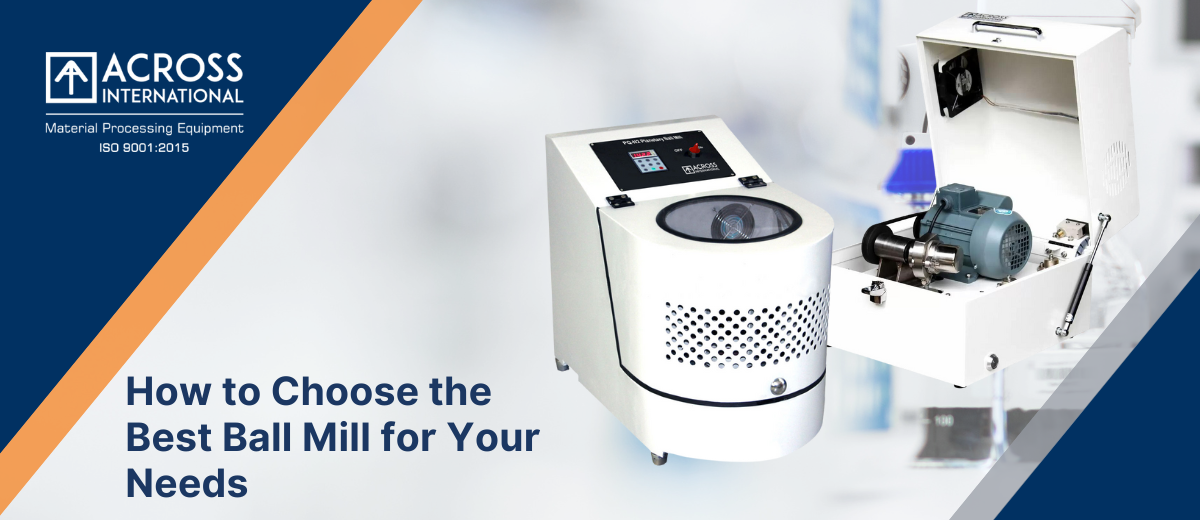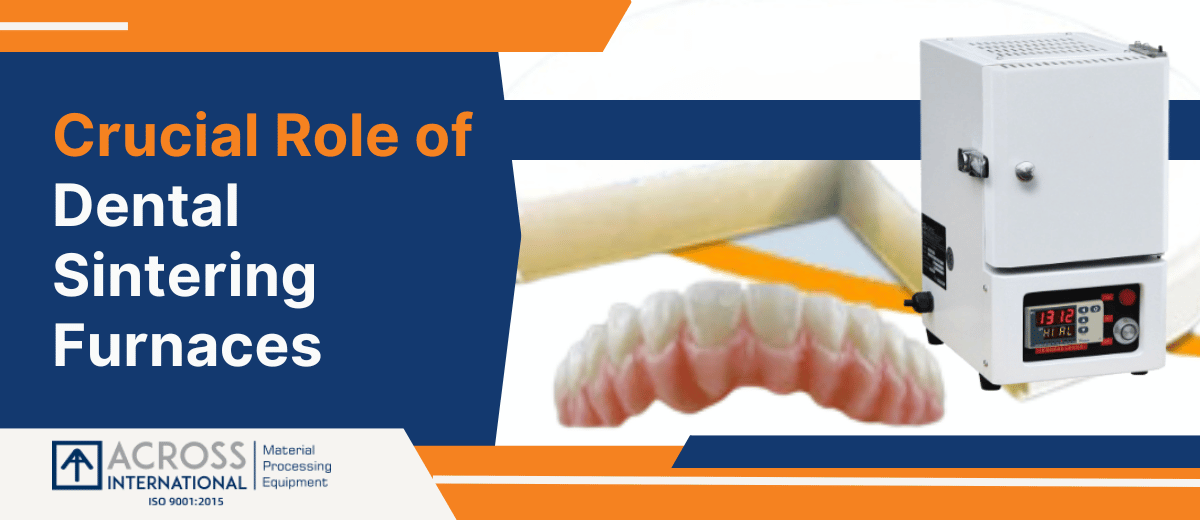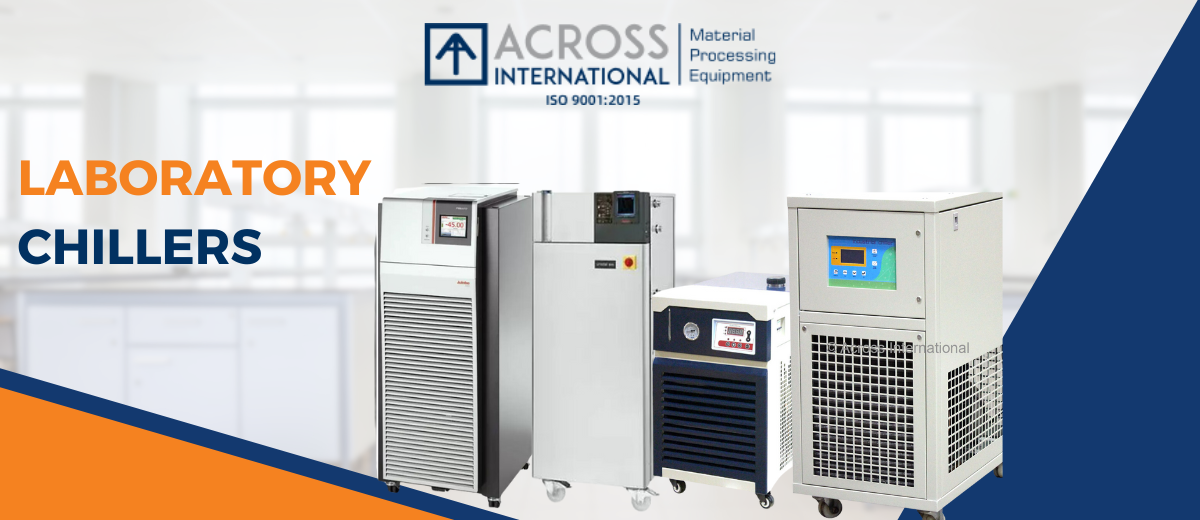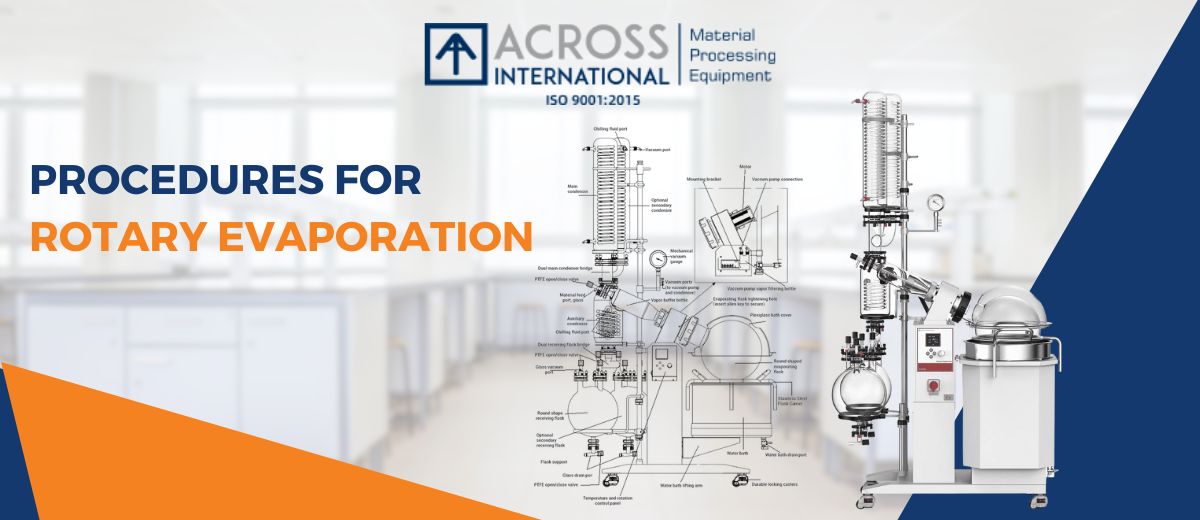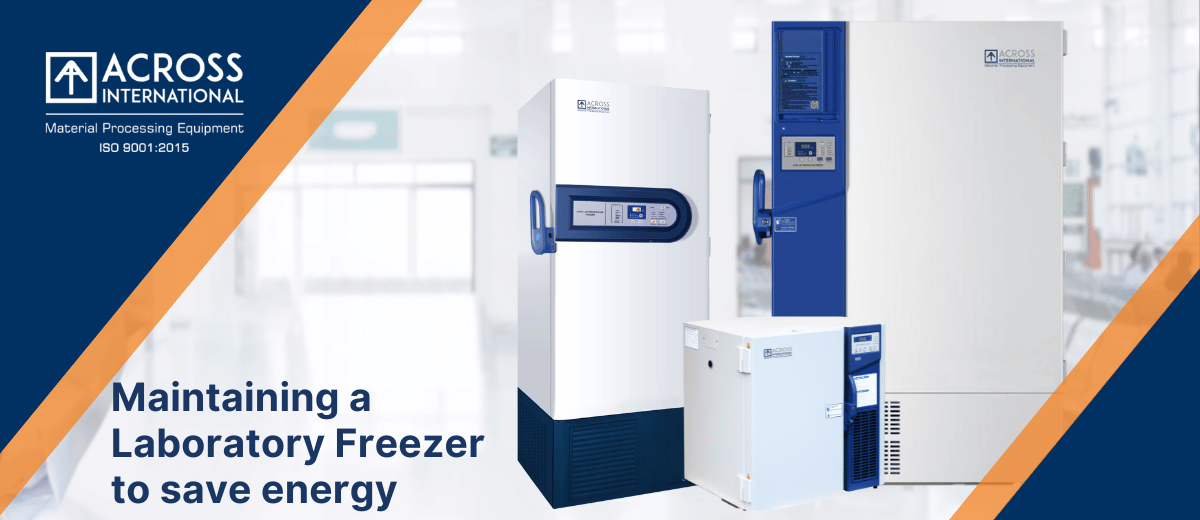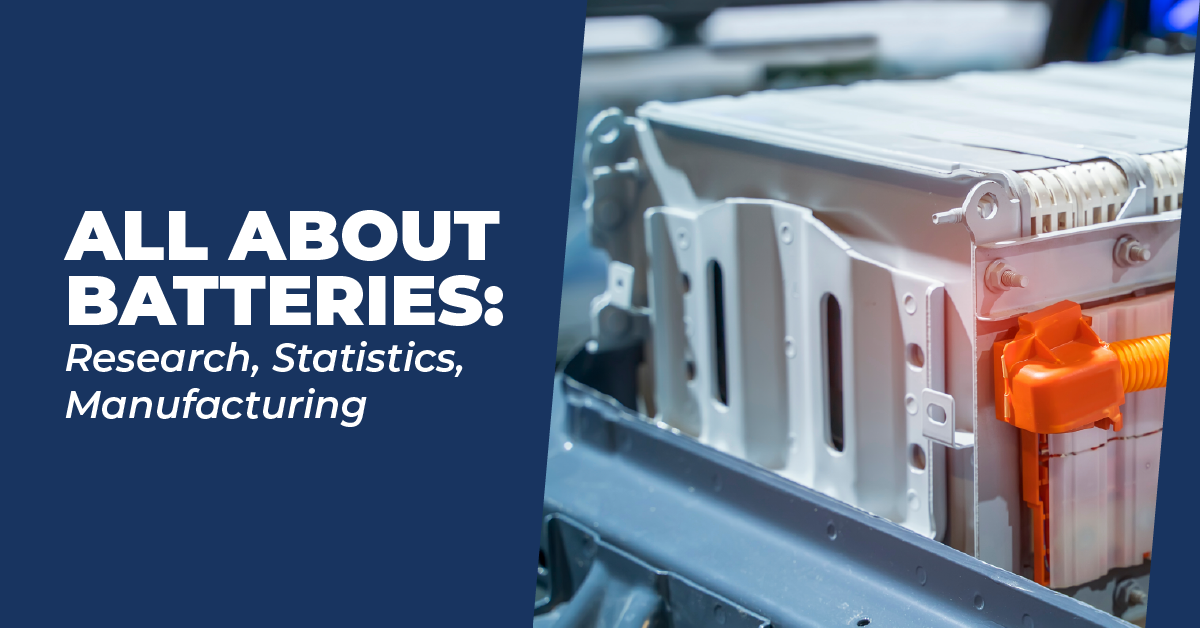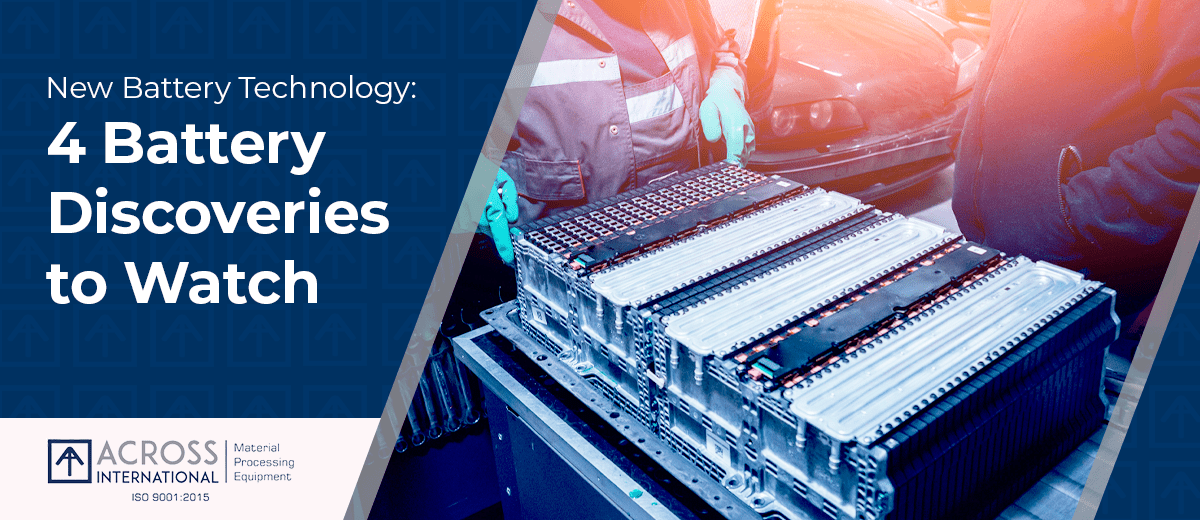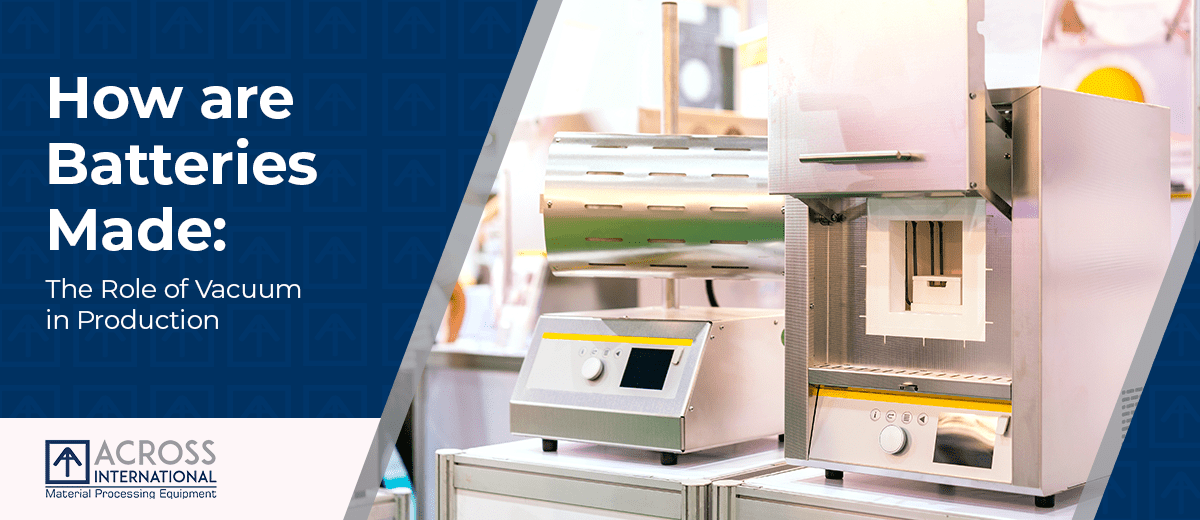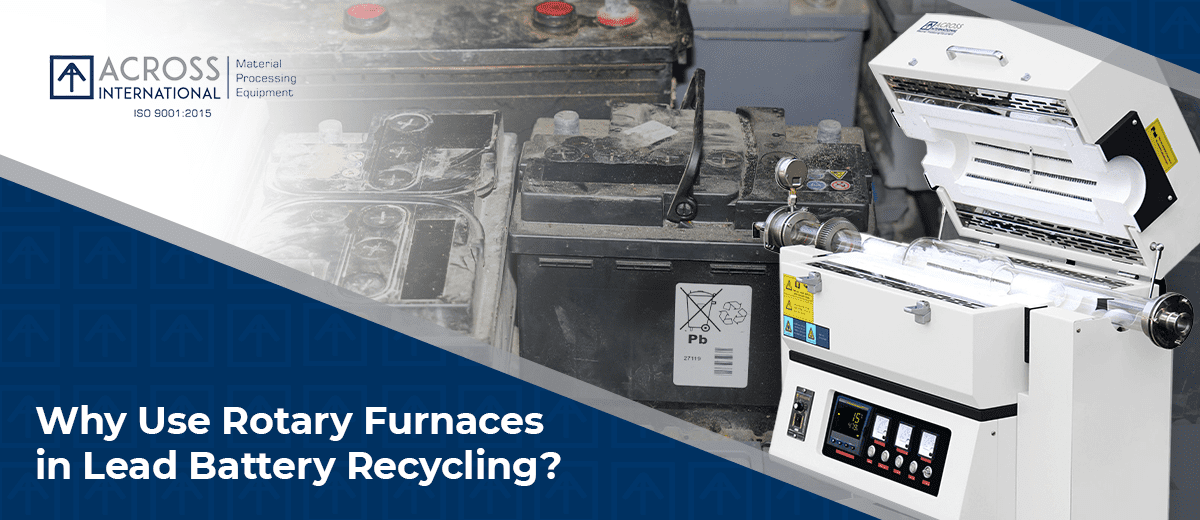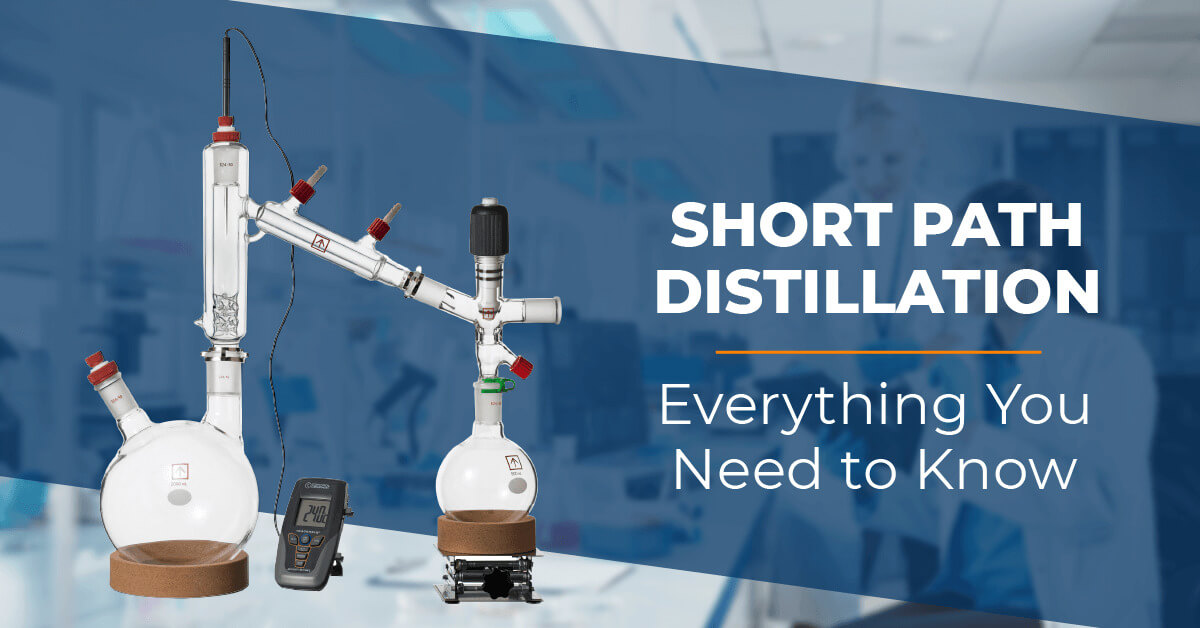We use cookies to make your experience better. To comply with the new e-Privacy directive, we need to ask for your consent to set the cookies. Learn more.
Science behind Induction Heating Process
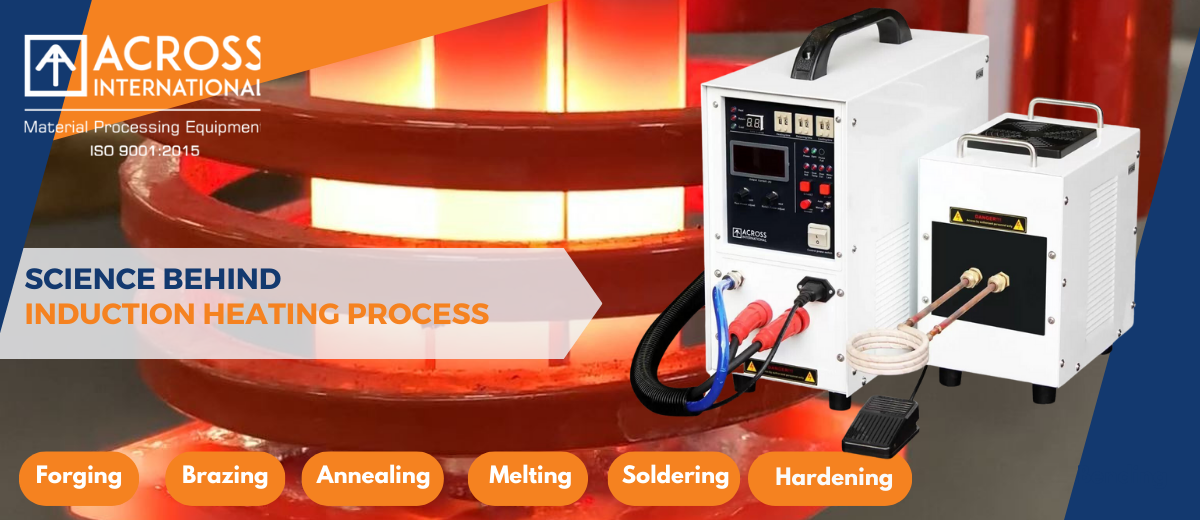
Industrial processes require technicians to harness the power of the elements, including heat. There are many ways to heat raw materials, but few can quickly reach incredibly high temperatures efficiently, accurately, and safely. That’s where induction heating comes in. Here is the science behind induction heating and why it’s so useful in industrial settings.
HEAT BASICS
We live around and harness heat in so many aspects of our lives—we cook with heat, warm our homes with heat, and dry clothes with heat. It’s easy to forget just how essential it is to our everyday lives, let alone our professional ones. We don't always realize that heat is all around us. While we may quickly acknowledge the heat in a high-temperature metal furnace, we often forget about the nearly imperceptible heat caused by friction when you sit on a chair.
HEAT VS. TEMPERATURE
Before diving into the science behind induction heating, it’s critical to recognize the operative forces at work. In an industrial setting, technicians use temperature readings to oversee machines that apply heat to workpieces. Heat is the transfer of thermal energy, whereas temperature is the average molecular kinetic energy. Heat describes how energy moves from one object to another within a defined system; temperature defines an object's overall hotness or coldness. Remembering the difference between the two helps explain more complex induction heating.
THE MOLECULAR LEVEL
While all physical forces impact an object at the molecular level, heat does this even more so. When you heat a molecule, it begins to move faster—this is its kinetic energy. Suppose you heat a chamber of air; the molecules dance around much quicker than before, increasing the pressure inside. The same is true of solid objects, but it’s much less noticeable since the molecular bonds are significantly stronger.
HEATING PROCESSES
Induction heating will increase the temperature of an object, but so will all other heating processes. The essential differences lie in the way you apply the heat. Read ahead to learn about the most common heating processes alongside one another.
INDUCTION HEATING
Induction heating is a quick, flame-free, non-contact method for heating metals. It only works with electrically conductive substances, but it’s one of the fastest ways to heat an item to the core. Induction heating is so efficient and precise because it utilizes electromagnetism. In an industrial setting, a technician will use an induction heating device to create an electrical current in the metal object, which generates heat at a molecular level. This heat builds until the metal is hot and pliable enough for machining.
You may know of induction heating because of its residential applications. Induction cooktops have become increasingly popular in recent years since they make for a cost-effective, safe way to cook. You must use certain conductive pots and pans, but the inductive method will only heat those items on the surface, leaving the rest of the cooktop cool. This is like industrial applications. The metal is only hot where the coil wraps around it. Otherwise, the rod or bar is cool.
OTHER HEATING METHODS
Induction heating is one of the best heating methods, and it’s quite efficient in industrial work. However, there are other ways to apply heat to an item. These are the two most common heating methods aside from induction.
TORCH HEATING
Torch heating, as the name implies, uses the power of a localized torch flame to heat a workpiece. Commonly used for welding, torch heating is the go-to method for many construction operations. But this method isn’t as accurate as inductive heating, as it applies varied heat that must permeate from the surface toward the core. Torch heating also requires combustible gases, which are dangerous if misused.
FURNACE HEATING
For this method, technicians use large, enclosed furnaces to heat their workpieces. Electrical resistors act as heating coils or inflamed coals—there are dozens of ways to get a furnace going. The core principle is the same, though. Furnaces heat objects from the outside in, much like torch heating. Furnace heating can also take quite a long time.
Like cooking with an oven, the heat works its way through an object until it permeates completely. Just as you might have felt frustrated by the time it took to cook a Thanksgiving turkey, a technician feels frustrated when a metal bar takes forever to melt. Induction heating avoids this problem altogether since it heats all molecules in the electromagnetic field at once.
INDUCTION HEATING IN ACTION
It’s one thing to know how induction heating works and quite another to know how people use it in manufacturing facilities. This is induction heating in action.
INDUCTION MACHINERY
Induction heating requires a power source. Since induction is an electromagnetic method, it needs electricity to operate the machine. Typically, this takes the form of an AC power source that can supply variable power and frequency to control the energy output. The energy that goes into the machine must then follow a component circuit that travels from the power source to the coil. Along this path, electrical insulation materials must line the circuit to prevent electrical fires and electrocutions.
The induction coil is the place where the magic happens. Alternating currents run through the coil, producing eddy currents, which are looped electromagnetic fields. These magnetic currents move the molecules in the metal, creating heat in the workpiece itself.
APPLICATIONS
You can find induction heaters in many sectors, from metallurgy to semiconductor industries. The most common applications include hardening, melting, and forging of metal workpieces for further manipulation. Induction heating is also helpful for welding and straightening items that need certain modifications.
Industrial facilities utilize induction heating for many machining processes because it’s energy efficient and cuts down on costs for electricity and materials. It is also quite safe, considering it doesn't use open flames, and the parts of the machine and workpiece not subjected to the coil stay cold.
Knowing the science behind induction heating will help you make the best decision for your industrial operation. If you need help finding the right process or testing for your equipment, contact Across International Tech Engineers.
Request Complimentary Lab Testing Service :
We will design and test the optimal induction heating solution for your application follow these easy steps :
Send us your parts and process requirements.
Our engineers will analyze your process and heat your parts to develop the right solution for your specific application.
You will receive your parts back for inspection as well as a video of the heating process of your parts, and a laboratory report with a system recommendation.


